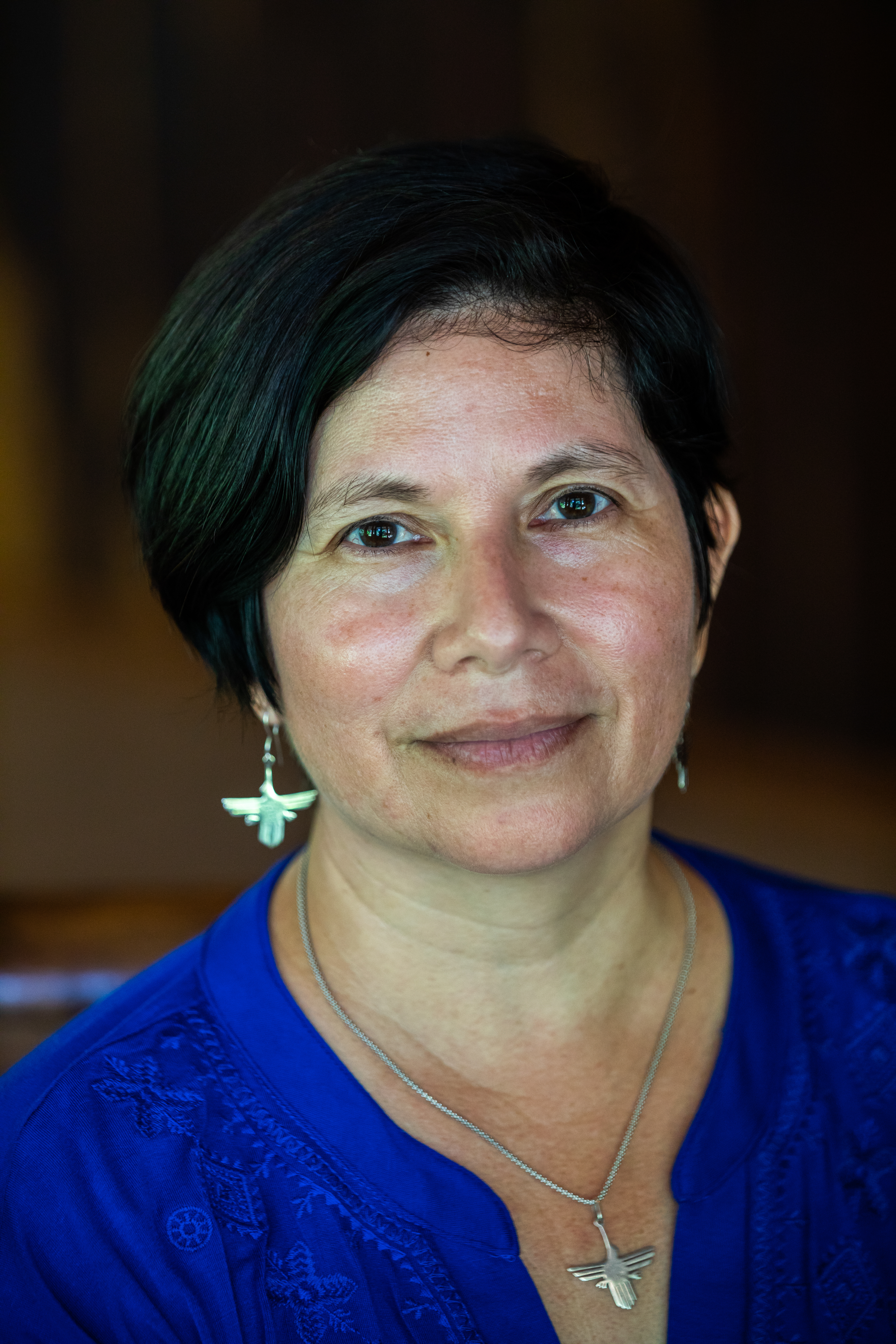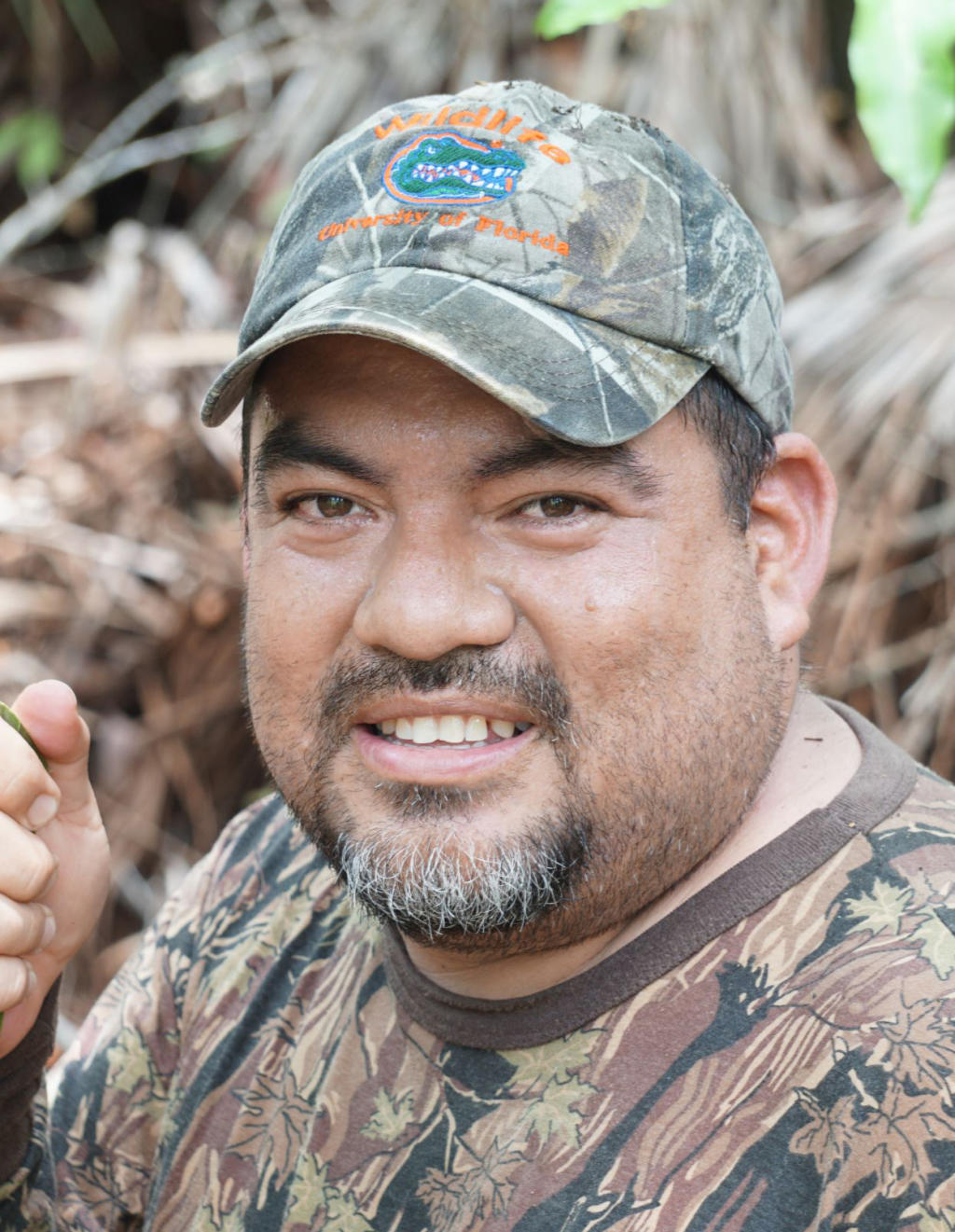Maya Forest Corridor
Protecting the Maya Forest Corridor
The Maya Mountains of Southern Belize and the Selva Maya of Guatemala, Mexico and Belize make up the Maya Forest, the largest remaining forest in the Mesoamerica Biodiversity Hotspot. The two areas are connected by a single thread of forest, 5-to-6 miles long, known as the Maya Forest Corridor. This tiny tract of forest is essential to keeping the majestic Maya Forest from being split into smaller islands of forests and guaranteeing the survival of the species that live there.
“If we want populations of wildlife to survive, if we want resilient populations, then they need to be connected,” explains Elma Kay, managing director and chair of Belize Maya Forest Corridor Trust.
The Maya Forest Corridor is particularly important for species with large ranges, like Jaguars, Baird’s Tapirs and White-lipped Peccaries. It’s the only area connecting Belize’s two Jaguar Conservation Units: the Maya Mountain Massif in Southwest Belize and the rest of the Selva Maya to the north, which extends into Mexico and Guatemala. The corridor allows Jaguars and Baird’s Tapirs, Belize’s national animal, to move throughout their home ranges to find habitat, food and breeding opportunities. White-lipped Peccaries have disappeared from 87% of their range, making the corridor critical to their survival as well. The corridor also provides important habitat for species such as the Central American Spider Monkey and the Critically Endangered Central American River Turtle.
Over the course of the past decade, the size of the strip of forest that makes up the Maya Forest Corridor has been reduced by more than 65%— at a rate of deforestation that is four times Belize’s national average. The forest has largely been destroyed for sugarcane and large-scale farming.
However, it is still critical to the persistence of biodiversity and to the overall health of the planet and is a Key Biodiversity Area.
The University of Belize Environmental Research Institute and Panthera began studying the connectivity of protected areas in the country in 2005. That helped identify the Maya Forest Corridor as critical to keeping 60% of Belize’s forests connected to the Five Great Forests of Mesoamerica. Their research found that the corridor was still functional and being used by many species.
The Maya Forest Corridor Coalition, made up of local and international partners, including Re:wild, identified a minimum of 50,000 acres of forest that need to be protected to keep the corridor alive. Of that total, 10,000 acres are protected by private landowners, Belize Zoo, Monkey Bay Wildlife Sanctuary and Foundation for Wildlife Conservation.
“It’s like a jigsaw puzzle,” says Kay. “You can see lots of small properties that help make up part of the corridor.”

Re:wild and the Maya Forest Corridor Coalition are working to acquire and protect the corridor and place it into trust in perpetuity for the people of Belize. In 2021, Re:wild and partners purchased 30,000 acres, the single largest property that could have been acquired within the corridor and the property that was most urgently under threat.
The Maya Forest Corridor Coalition will continue to work with communities and local partners to conserve an additional 50,000 acres of the corridor that have also been identified as necessary to keep the corridor functional.
WCS Belize is initiating management of the 30,000 acre property in the corridor that Re:wild and partners have purchased. The effort to safeguard the corridor will create jobs in forest restoration, protection, and management. The purchase of the land, which will now be a reserve, will help catalyze a more integrated plan for the wider landscape, which will include sustainable tourism, sustainable agricultural production and reforestation.
“It’s the first true model of landscape-level management for Belize,” says Kay.




